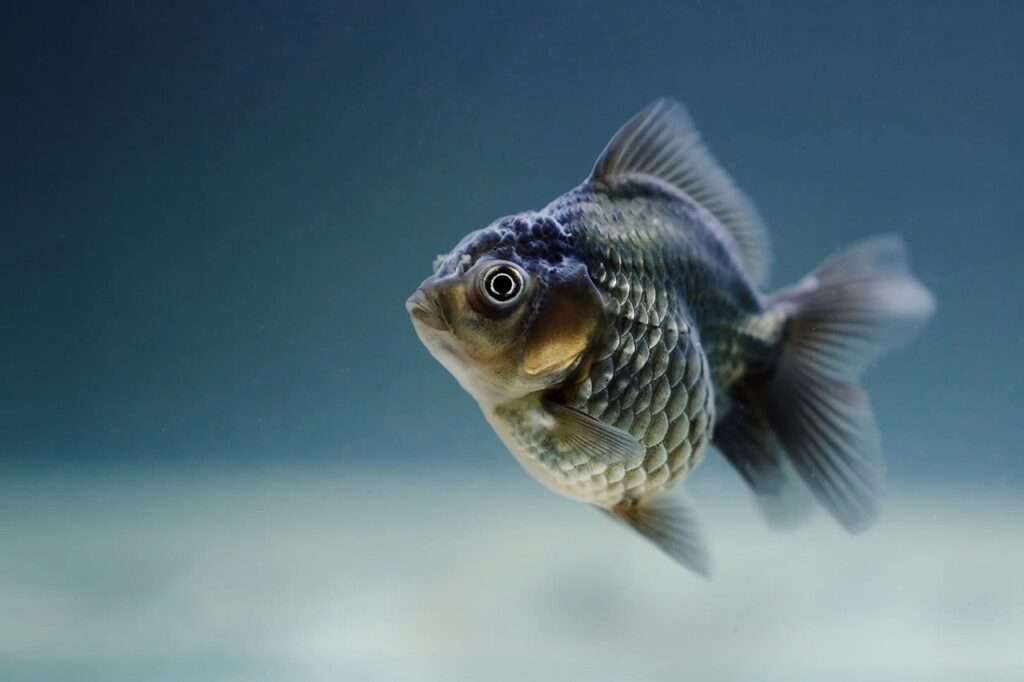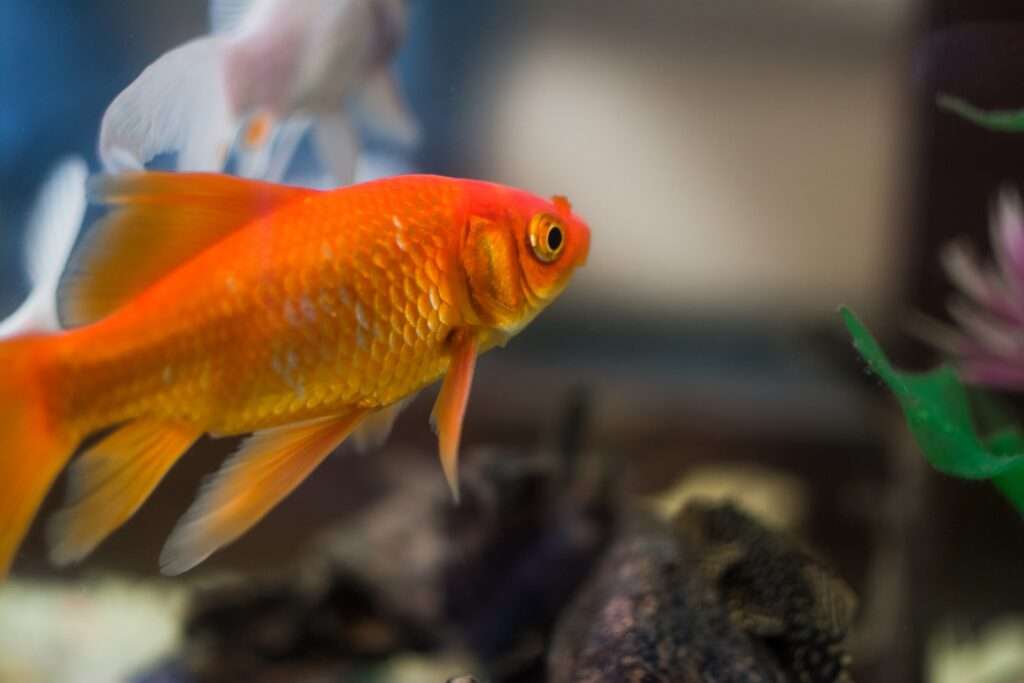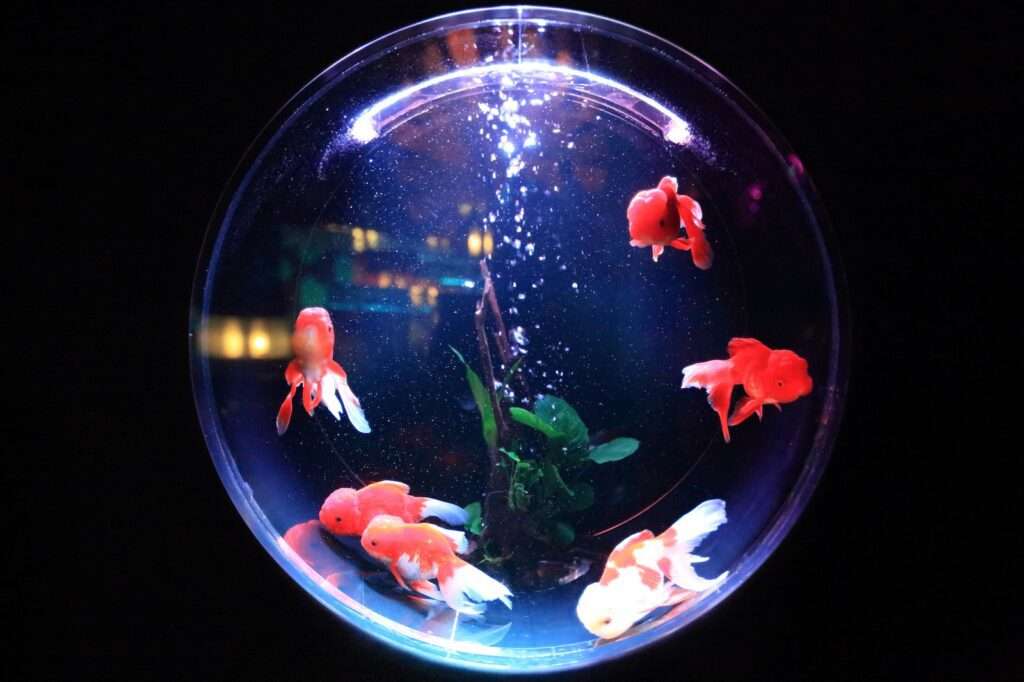Maintaining a healthy and balanced aquarium environment is crucial for the well-being of your fish. One of the key factors that can significantly impact fish health is the level of ammonia in the tank. In this article, we will explore the importance of fish tank ammonia monitoring and provide you with essential tips on how to keep your fish healthy.
Understanding Ammonia and Its Effects on Fish Health
Ammonia is a toxic compound that is produced as a byproduct of fish waste, decaying organic matter, and uneaten food in the aquarium. In high concentrations, ammonia can be extremely harmful to fish. It damages their gills, affects their ability to breathe, and weakens their immune system, making them more susceptible to diseases.
The importance of monitoring ammonia levels regularly cannot be overstated. Even small increases in ammonia can have a negative impact on fish health. By regularly testing ammonia levels, you can detect any spikes or changes in levels promptly and take necessary actions to prevent any harm to your fish.
The Role of Biological Filtration in Ammonia Control
Biological filtration is a crucial component of maintaining proper ammonia levels in your fish tank. It involves the use of beneficial bacteria that convert toxic ammonia into less harmful nitrites and eventually nitrates. These bacteria colonize the filter media and other surfaces in the aquarium, creating a stable and balanced ecosystem.
To optimize biological filtration, ensure that your aquarium has an efficient and properly sized filter. Avoid washing or replacing filter media too frequently, as it can disrupt the bacterial colonies. Additionally, avoid using any chemicals or medications that can harm the beneficial bacteria.
Effective Methods for Ammonia Monitoring
To monitor ammonia levels accurately, it is essential to use ammonia test kits specifically designed for aquariums. These kits typically include test strips or liquid reagents that change color in the presence of ammonia. Follow the instructions provided with the test kit to obtain accurate readings.
The frequency of testing for ammonia depends on various factors such as the size of your tank, number of fish, and feeding habits. As a general guideline, test ammonia levels at least once a week for established tanks and more frequently for newly set up or heavily stocked tanks.
Preventing and Reducing Ammonia in Your Fish Tank
Proper feeding practices play a significant role in preventing ammonia buildup in your fish tank. Avoid overfeeding your fish, as uneaten food can quickly decompose and contribute to ammonia production. Feed your fish only what they can consume within a few minutes and remove any excess food.
Regular water changes and tank maintenance are crucial for keeping ammonia levels in check. Aim to change 10-20% of the water every week, depending on the tank size and stocking density. Vacuum the substrate to remove any accumulated waste and detritus.
When selecting a tank, consider the appropriate size for the fish species you intend to keep. Overcrowding can lead to increased waste production and higher ammonia levels. Additionally, choose a filter that is suitable for your tank size and provides adequate mechanical and biological filtration.
Frequently Asked Questions (FAQs)
1. What is the safe level of ammonia for fish?
Ideally, ammonia levels should be zero or close to zero in a properly maintained aquarium. Even small amounts of ammonia can be harmful to fish, so it is important to keep levels as low as possible.
2. Can ammonia be completely eliminated from the aquarium?
While it is difficult to completely eliminate ammonia, proper aquarium maintenance, regular water changes, and effective biological filtration can help keep ammonia levels at a safe and manageable level.
3. How long does it take for ammonia levels to rise in a tank?
The time it takes for ammonia levels to rise depends on various factors such as the tank size, stocking density, and feeding habits. In some cases, ammonia levels can increase within a few hours or days if there is a sudden increase in waste production.
4. Are there any natural remedies to reduce ammonia levels?
Certain additives, such as zeolite or activated carbon, can help absorb ammonia temporarily. However, these should not be relied upon as a long-term solution. Proper biological filtration and regular water changes are the most effective methods for reducing ammonia levels.
5. Can live plants help in reducing ammonia?
Live plants can help in reducing ammonia levels by utilizing it as a nutrient for growth. They also provide additional surface area for beneficial bacteria to colonize. However, plants alone cannot eliminate ammonia, and proper biological filtration is still necessary.
Conclusion
Maintaining optimal water quality in your fish tank is crucial for the overall health and well-being of your fish. Ammonia monitoring is an essential aspect of aquarium care that should not be overlooked. By understanding the harmful effects of ammonia, implementing effective ammonia control methods, and regularly testing ammonia levels, you can ensure a safe and healthy environment for your beloved aquatic pets.
Note: Remember to consult with a professional fish veterinarian or an experienced aquarist for specific advice tailored to your aquarium setup and fish species.









